The Language of Emotions
Humans are feeling beings. We have a vast array of nuanced emotions that come to dance with us throughout our lived experience. But just because we all have emotions doesn't know that we have the language to communicate them.
So, for this topic, I want to work backward to show the logic of how beneficial it is to have a vast vocabulary of emotions with which we can express our inner landscape with others in our lives.
The four basic emotions are: Joy, Anger, Sadness, Fear.
These are the four base emotions out of which spring a vast array of nuanced feelings of the human experience. Joy can show us as contentment, giddiness, playfulness, and connection. Anger can show up as frustration, rage, pain, or even for some numbness and silence.
If we are only relying on these four basic emotions to describe our unique human experience we are missing the richness of experience and have limited internal resources with which to communicate the vast array of feelings we encounter. It also limits our ability to process events that happen in life which can compound traumatic experiences. We lug around the unexamined and unexplained energy in our subconscious because our conscious mind has no way to assimilate it.
Having a wide-ranging and subtle lexicon to share our human experience makes us more readily able to share our experience in a deep and meaningful way with our own mind, to bring to conscious awareness that which would run infinitely in the background of our subconscious mind. A wider vocabulary allows us the connection with our inner landscape so that we can understand more intimately come to know our own experience and be able to communicate that in a meaningful way with others.
A shared language of emotion and of our internal state allows us to understand ourselves and for others to actually understand us. The cycle is completed when we can self-regulate or co-regulate our nervous system and feel understood.
Clear communication of emotions and feelings is the bedrock of successful and thriving relationships… our relationship to ourselves and with others.
